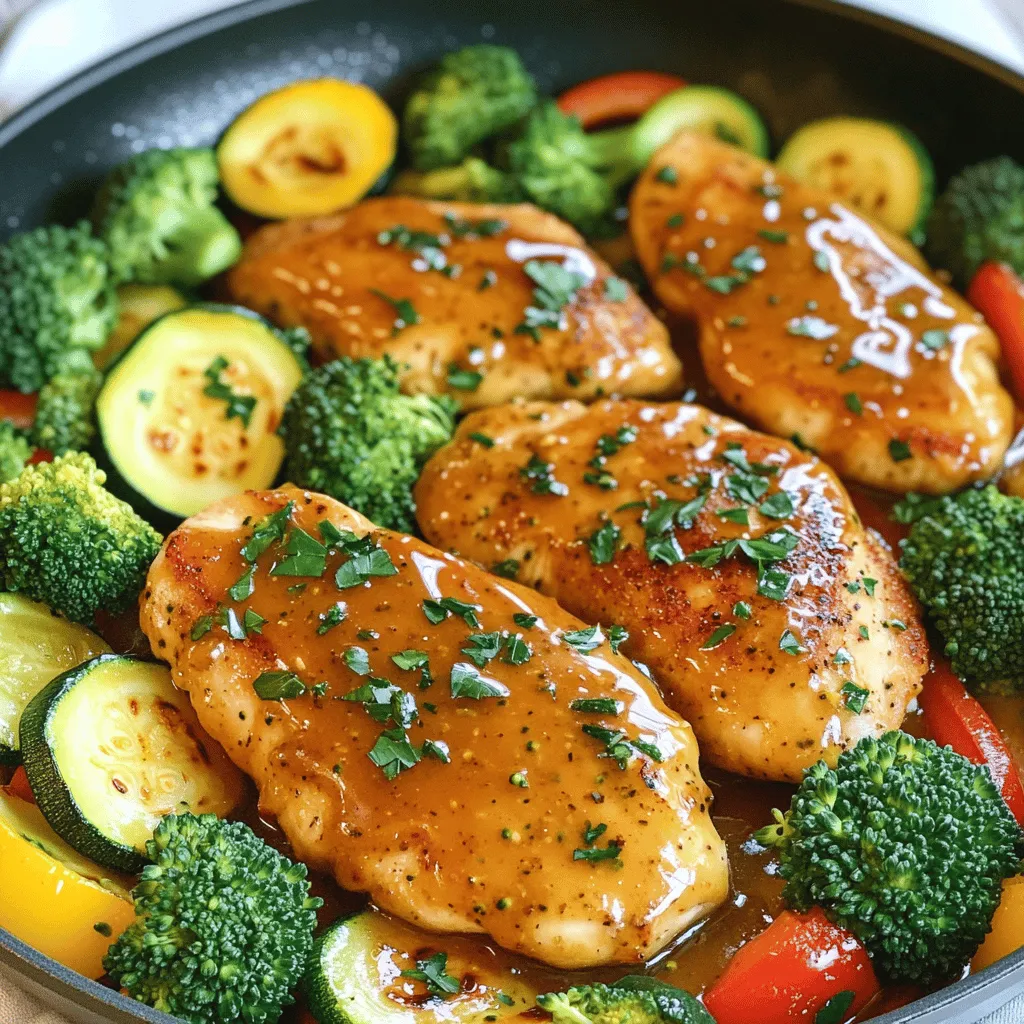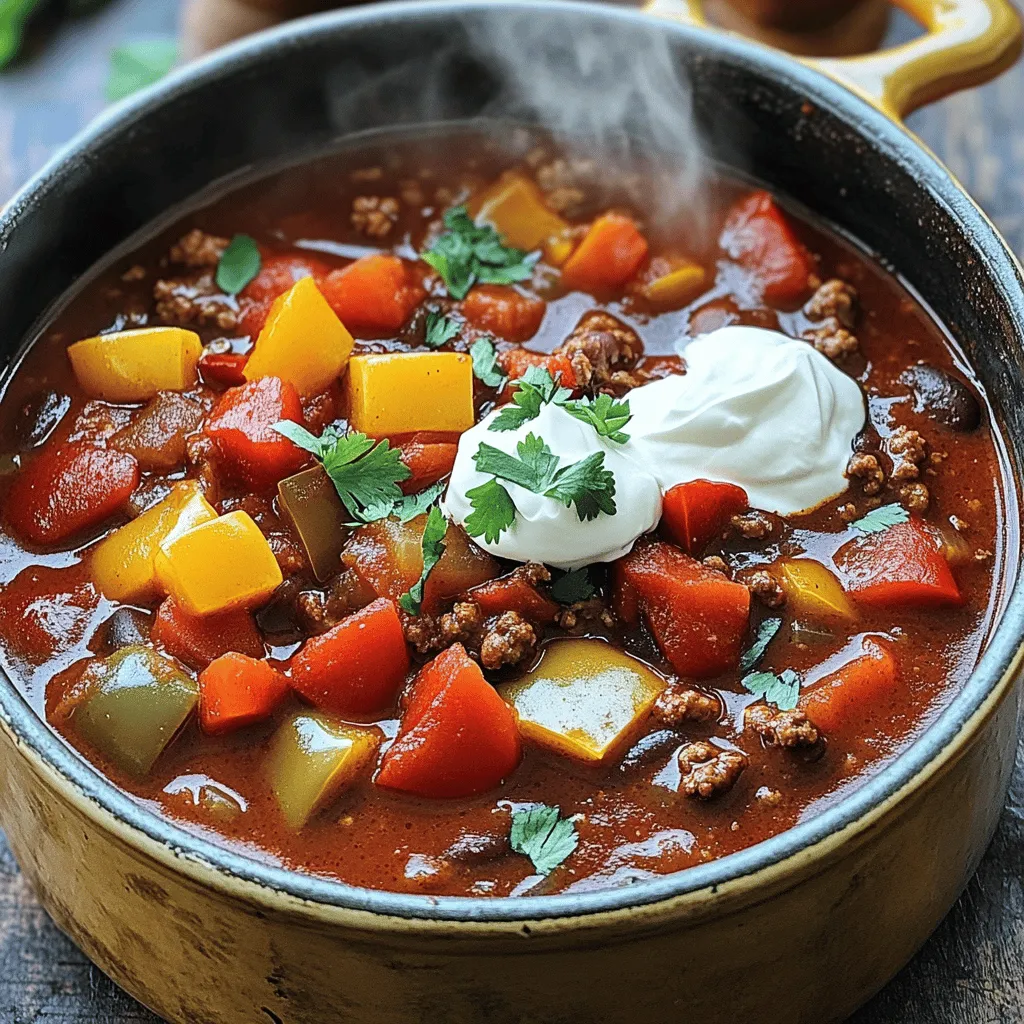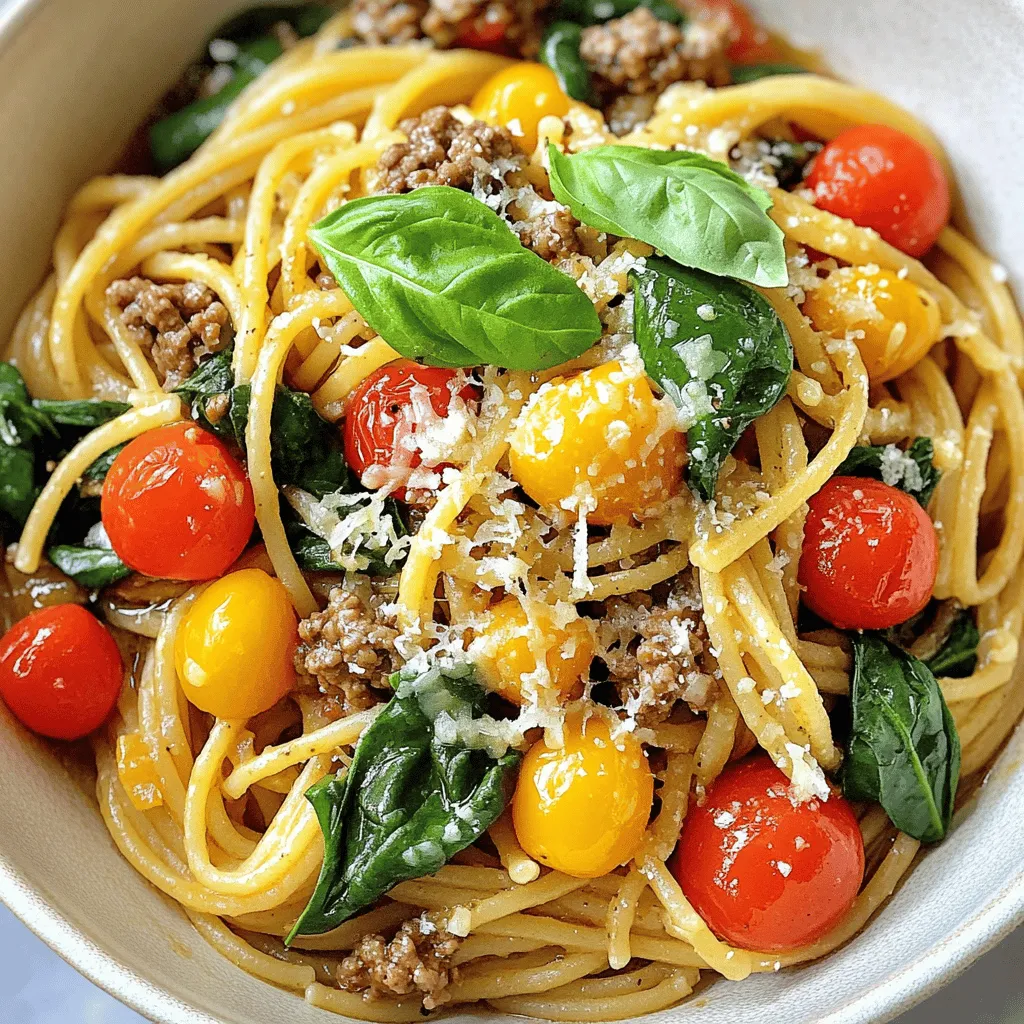Dinner

Pesto Chicken & Roasted Potatoes Sheet Pan Delight
Looking for a quick and tasty dinner idea? Try my Pesto Chicken & Roasted Potatoes Sheet Pan Delight! This meal brings together juicy chicken breasts

Garlic Ginger Shrimp Stir-Fry Quick and Flavorful Meal
Looking for a quick and tasty meal? You’re in the right place! This Garlic Ginger Shrimp Stir-Fry is packed with flavor and ready in just

Honey Mustard Chicken Veggie Skillet Quick Delight
Looking for a quick and tasty meal? My Honey Mustard Chicken Veggie Skillet is just the answer! This dish packs protein and colorful veggies into

Spicy Thai Peanut Noodles One Pot Flavorful Dish
Are you ready to whip up a quick, tasty meal? My Spicy Thai Peanut Noodles are the perfect one-pot dish to satisfy your cravings. With

Balsamic Beef Ragu Slow Cooker Delicious Meal Guide
Looking for a hearty and flavorful meal that requires minimal effort? This Balsamic Beef Ragu Slow Cooker guide will walk you through each simple step.

Creamy Tuscan Chicken Soup Flavorful Comfort Food
Warm your soul with a bowl of Creamy Tuscan Chicken Soup! This dish combines tender chicken, fresh veggies, and rich cream for the perfect comfort

Classic Chili Flavorful Comfort in a Bowl
Looking for a warm, hearty meal that hits the spot? Classic chili delivers flavorful comfort in every bite! This dish combines rich ground beef (or

Minute Protein Beef Pasta Quick and Flavorful Meal
Looking for a quick meal that packs a protein punch? My Minute Protein Beef Pasta is perfect for busy nights. It’s easy to make, full

Vegan Mushroom & Seitan Stroganoff Flavorful Dish
Ready to dive into a creamy, savory wonder? This Vegan Mushroom & Seitan Stroganoff packs rich flavors and satisfying textures. Perfect for weeknight dinners or

Smoky Ancho Chicken Chili Flavorful and Hearty Dish
Looking for a dish that warms your heart and tickles your taste buds? Smoky Ancho Chicken Chili hits the spot! This flavorful and hearty recipe